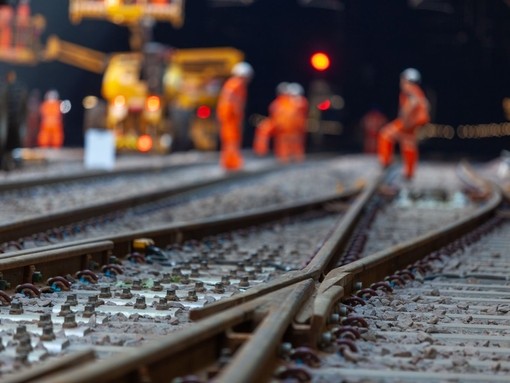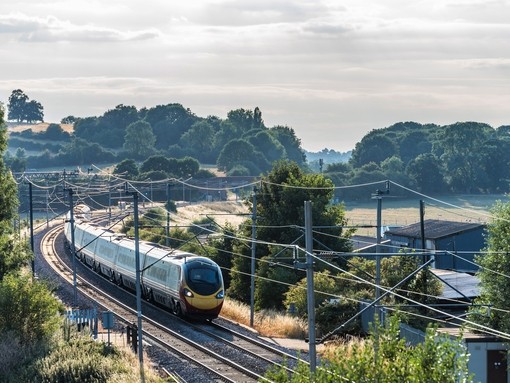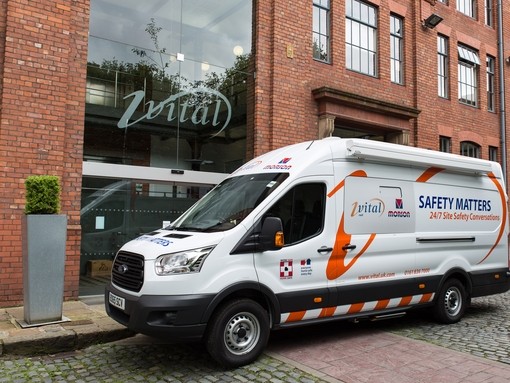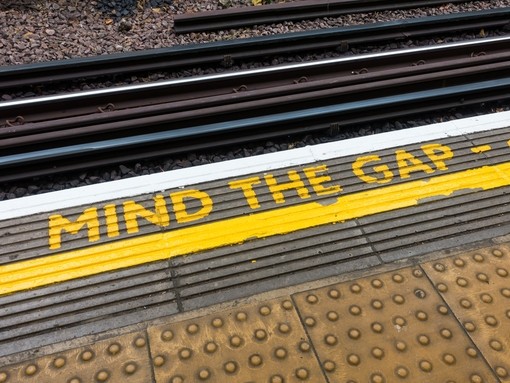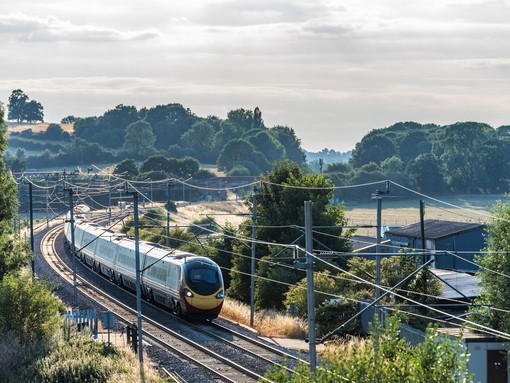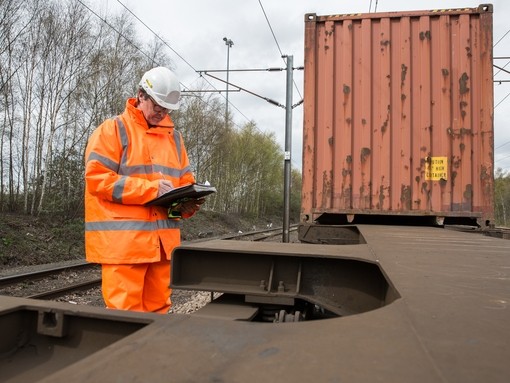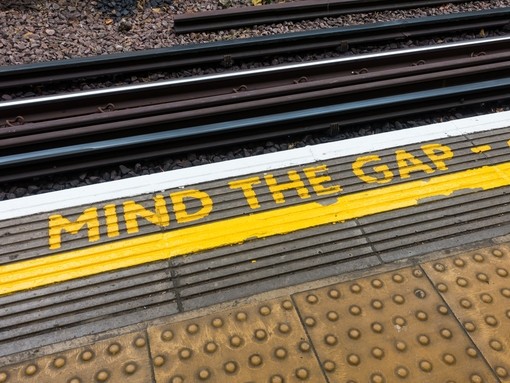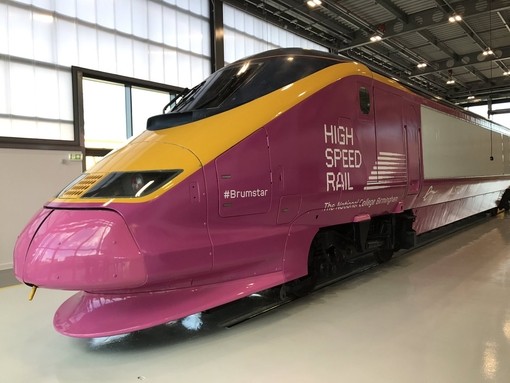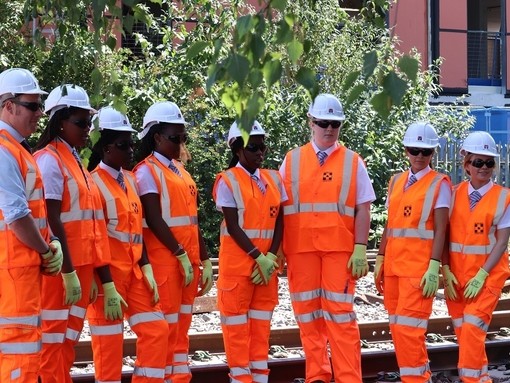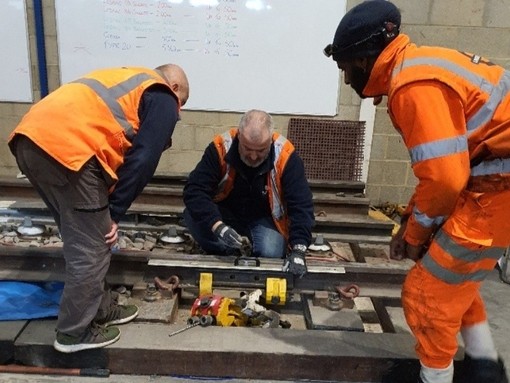
Digital Railway: Is this the future of UK infrastructure?
Contents
What is the Digital Railway? How will this industry strategy affect the rail network and will it produce beneficial outcomes?
We delve into the ins and outs of how digitising our railways could help to enhance and future-proof the UK’s rail system.
The Industry Plan
The Digital Railway is the industry’s plan for driving digitalisation – essentially targeting digital systems to increase rail capacity and improve network performance. The demand on our railways continues to escalate, meaning that we are running out of capacity at key pinch-points, leading to congestion for passengers and freight services. We need to find innovative ways of squeezing more from the existing network by targeted deployment of relevant digital technologies. Therefore, the question is not whether to introduce these technologies, but how quickly we can adapt and deploy innovative solutions to solve critical capacity and performance challenges on the rail network.
Have we exhausted all the options?
In order to resolve current rail issues, the industry tells us that there are four options, only one of which is digitalisation.
The first option is to do nothing to address capacity challenges and therefore rely on other modes of transport such as roads.
The second is to enforce less disruptive conventional enhancements for instance to lengthen trains.
Both of these options have already been exhausted in the most congested areas and so it’s between the last third and fourth option to make a change.
3. The third option is a system upgrade in the form of digital technologies and enabling techniques such as grade separation.
4. Finally, the fourth option is highly disruptive conventional enhancements like building a new track.
Morson International’s Gary Smithson, Associate Director of Rail concurs:
“We know modernisation is required, rail travel has never been more popular. These proposed improvements should be looked at with optimism in regards to the future of rail travel in the UK.”
The UK already has some examples of the digital railway programme. For instance, Thameslink already features the European Train Control Systems, which will eventually spread across the nation. Its use here will not only show the benefits of digital upgrades, but also help to demonstrate any shortcomings that can be avoided as the system proliferates round the UK.
Integration
The Digital Railway enables us to manage and operate the railway in a very different way. The strategy targets digital system upgrades to modernise signalling and train control. The technology is already proven, backed by government policy, and built on open standards that operate across Europe. However, there has to be seamless integration in order for the old and the new to come together successfully. In order to reach its full potential, the digital railway must bring together systems, technology and business change in an integrated and harmonious way.
Keep your eye out for our next blog which will discuss the job opportunities that the digitisation of our railways will bring. To read more about what is changing in engineering in 2018, click here.






